Introduction
In the vast culinary landscape of China, Xinjiang cuisine stands out as a vibrant and flavorful tapestry, influenced by its unique geographical position at the crossroads of East and West. Among the myriad of delicious dishes that Xinjiang is renowned for, hand-pulled noodles, known locally as ‘La Mian,’ occupy a special place. These noodles, characterized by their elasticity, thickness, and ability to absorb rich, aromatic sauces, are a staple in Xinjiang homes and restaurants alike. Learning how to make Xinjiang hand-pulled noodles is not just about mastering a cooking technique; it’s an immersive journey into the heart of Xinjiang’s culinary heritage. This article will guide you through the step-by-step process of crafting authentic Xinjiang hand-pulled noodles, from selecting the right ingredients to perfecting your pulling technique.
Section 1: Understanding the Ingredients

The foundation of any great dish lies in its ingredients, and Xinjiang hand-pulled noodles are no exception. Here’s what you’ll need:
- High-Gluten Flour: Also known as bread flour, this type of flour contains more protein than all-purpose flour, which is essential for creating noodles with excellent elasticity and chewiness.
- Water: Pure, clean water is crucial. The amount of water you use may vary depending on the humidity and the specific brand of flour. Generally, you’ll need about 50-60% of the flour’s weight in water.
- Salt: A pinch of salt enhances the flavor and strength of the dough.
- Oil: Vegetable or canola oil is commonly used to prevent the dough from sticking to the surface or to itself during resting and shaping.
Section 2: Preparing the Dough
-
Measuring and Mixing: Begin by measuring out your flour and salt into a large mixing bowl. Create a well in the center and pour in most of the water (reserve a little for adjusting consistency). Use your hands or a wooden spoon to gradually incorporate the flour into the water, mixing until a shaggy dough forms.
-
Kneading: Transfer the dough onto a lightly floured surface and knead for at least 10 minutes. The goal is to develop the gluten, which gives the noodles their stretchy texture. The dough should feel smooth and elastic, with no cracks or dry patches. If it’s too sticky, add a bit more flour; if it’s too dry, add a teaspoon of water.
-
Resting: Cover the dough with a damp cloth or plastic wrap to prevent it from drying out. Let it rest for at least 30 minutes, preferably an hour. Resting allows the gluten to relax, making the dough easier to roll and pull without breaking.
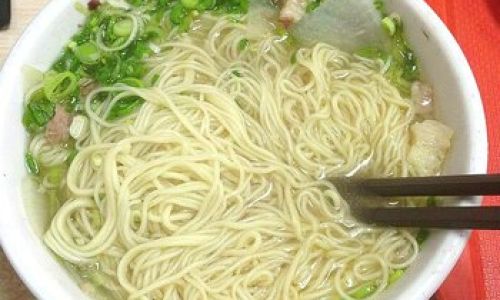
Section 3: Shaping and Pulling the Noodles
-
Dividing the Dough: Once the dough has rested, divide it into smaller portions, each roughly the size of a tennis ball. This makes it easier to manage and ensures even thickness in the final noodles.
-
Rolling Out: Lightly flour your work surface and flatten each dough portion into a disk. Use a rolling pin to roll it out into a rectangle about 1/4 inch thick. The exact shape and thickness can vary according to personal preference, but keeping it relatively thin will make pulling easier.
-
The Pulling Technique: Here’s where the magic happens. Hold the rolled-out dough with both hands at its ends. Gently stretch it out, then use a flicking motion with your wrists to create a longer, thinner strip. Fold the strip in half and repeat the stretching and flicking process. Continue doing this until you achieve the desired length and thickness. Practice makes perfect; don’t worry if your first attempts aren’t flawless.
-
Twisting for Thickness Variation: For added texture and visual appeal, you can twist the dough as you pull it. This creates a spiral pattern in the noodles, which also helps them hold sauce better.
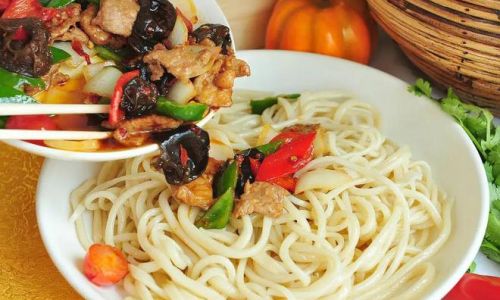
Section 4: Cooking the Noodles
-
Boiling Water: Fill a large pot with water and bring it to a rolling boil. Add a generous amount of salt to the water; this not only flavors the noodles but also helps to separate them during cooking.
-
Cooking: Carefully drop the pulled noodles into the boiling water. Use chopsticks or a slotted spoon to gently separate them, ensuring they don’t stick together. Cook for about 2-3 minutes, or until they float to the surface and are cooked to your liking (al dente is preferred for Xinjiang noodles).
-
Draining and Tossing: Once cooked, quickly scoop out the noodles using a colander and shake off excess water. If desired, toss them with a little oil to prevent sticking.
Section 5: Serving the Noodles
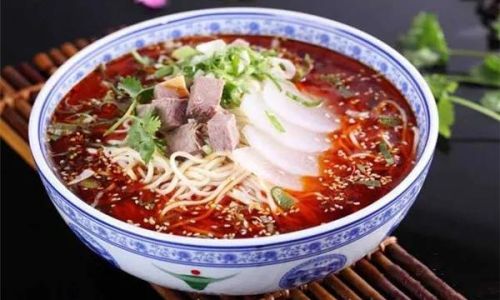
The beauty of Xinjiang hand-pulled noodles lies in their versatility. They can be served with a variety of toppings and sauces, reflecting the region’s diverse culinary influences. Here are a few classic combinations:
- Spicy Tomato Sauce: A tangy, slightly sweet sauce made from tomatoes, chili peppers, garlic, and onions, often garnished with fresh cilantro.
- Mutton and Vegetable Stew: A hearty, flavorful stew featuring tender mutton, potatoes, carrots, and tomatoes, simmered to perfection.
- Kebab Sauce: A blend of yogurt, garlic, and spices, perfect for pairing with grilled meats and vegetables.
Conclusion
Making Xinjiang hand-pulled noodles is an art form that combines precision, patience, and a love for culinary tradition. While mastering the technique may take time and practice, the satisfaction of creating these delicious, elastic noodles from scratch is unparalleled. Each pull of the dough, each boil of the noodles, and each bite filled with rich, aromatic flavors brings you closer to the essence of Xinjiang cuisine. As you perfect your craft, remember that the joy of cooking lies not just in the final dish but in the journey itself. So, roll up your sleeves, dive into the dough, and embark on your own culinary adventure in the heart of Xinjiang. Happy pulling!
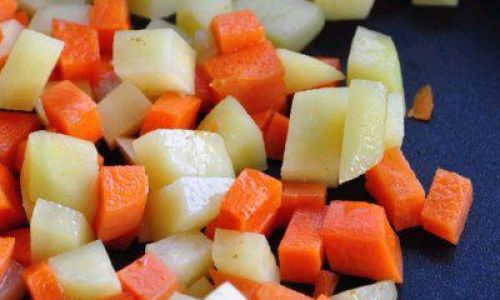
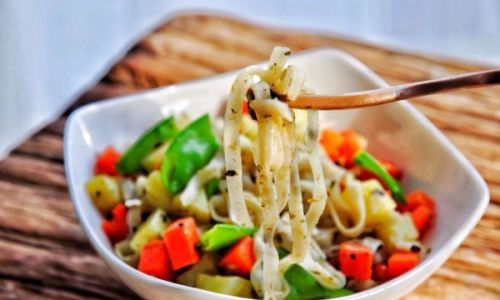
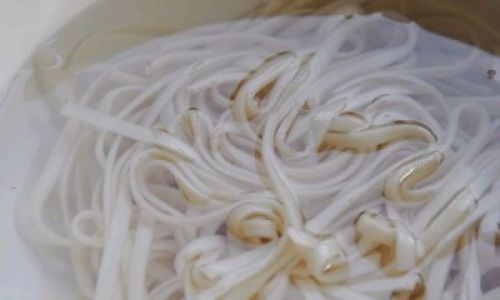



0 comments